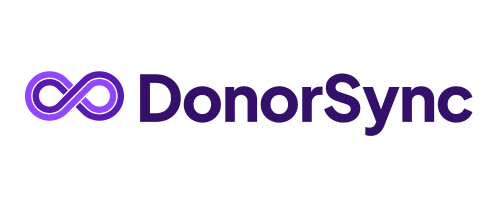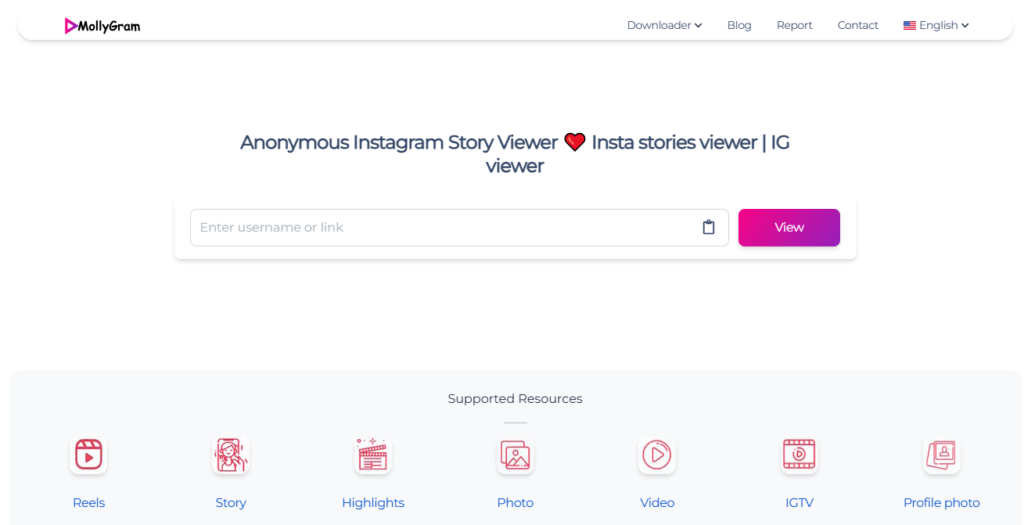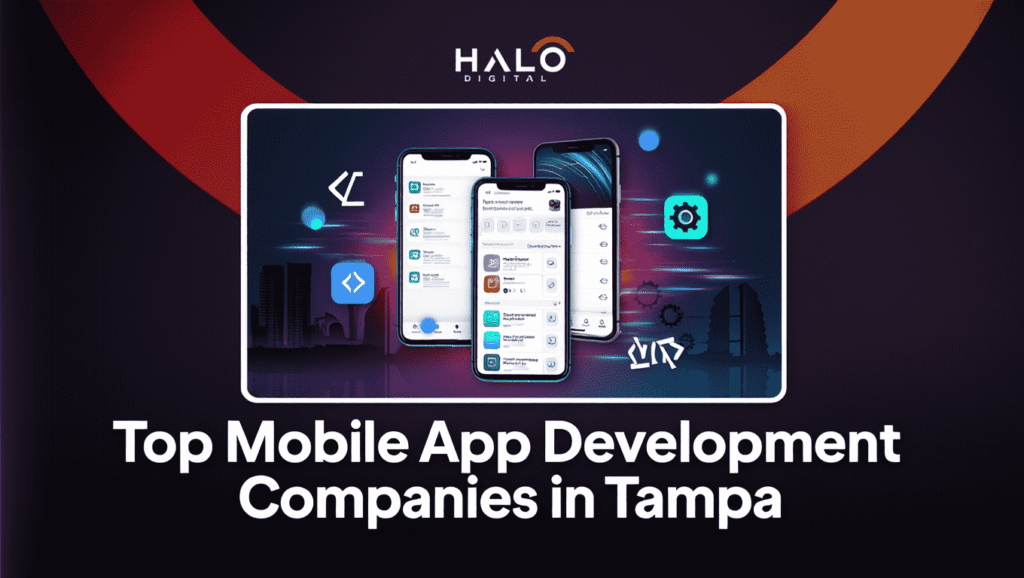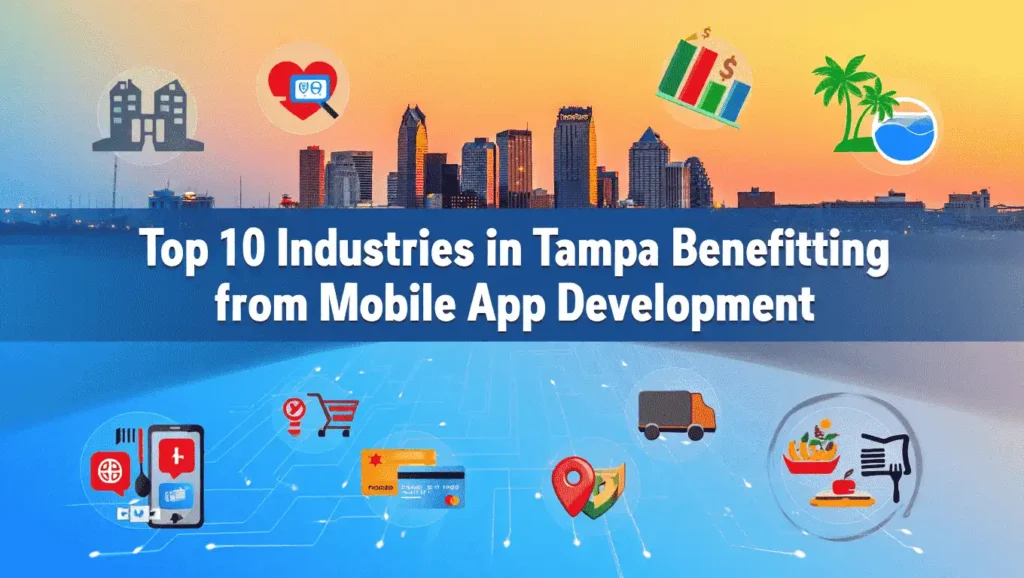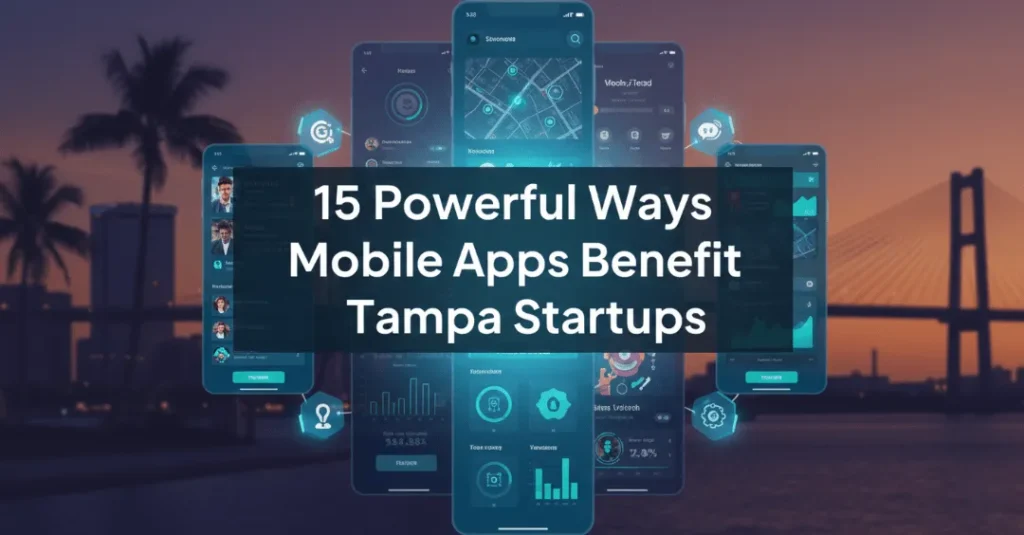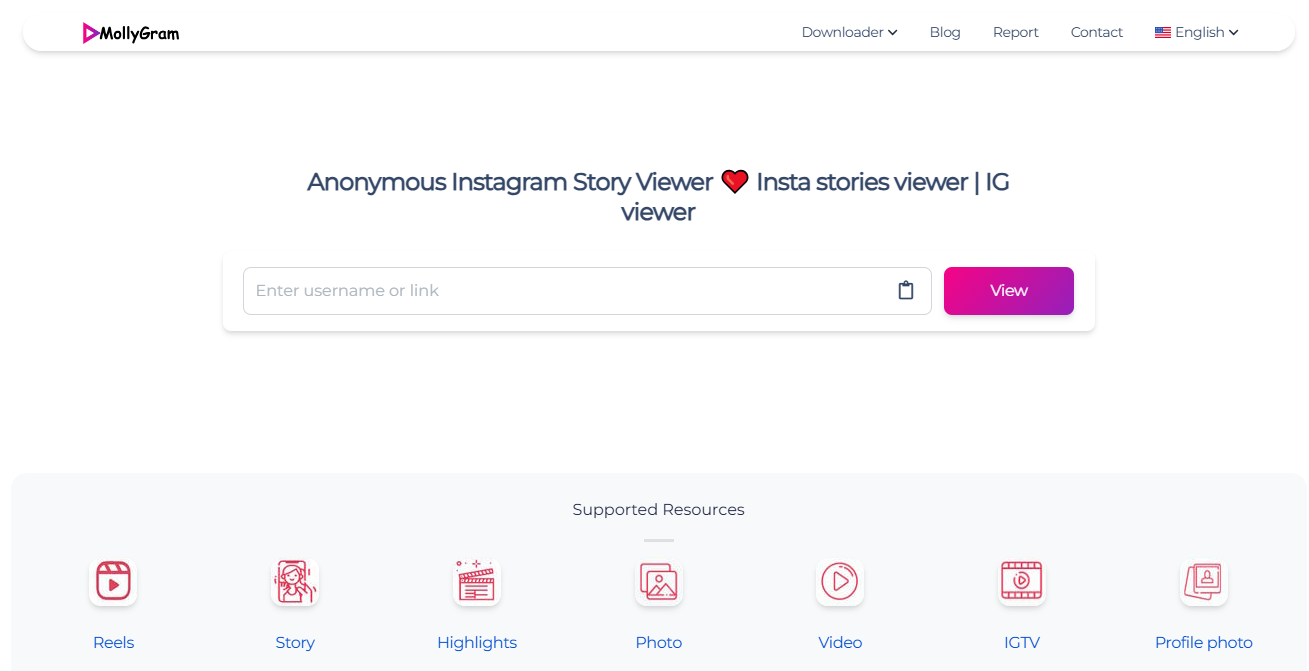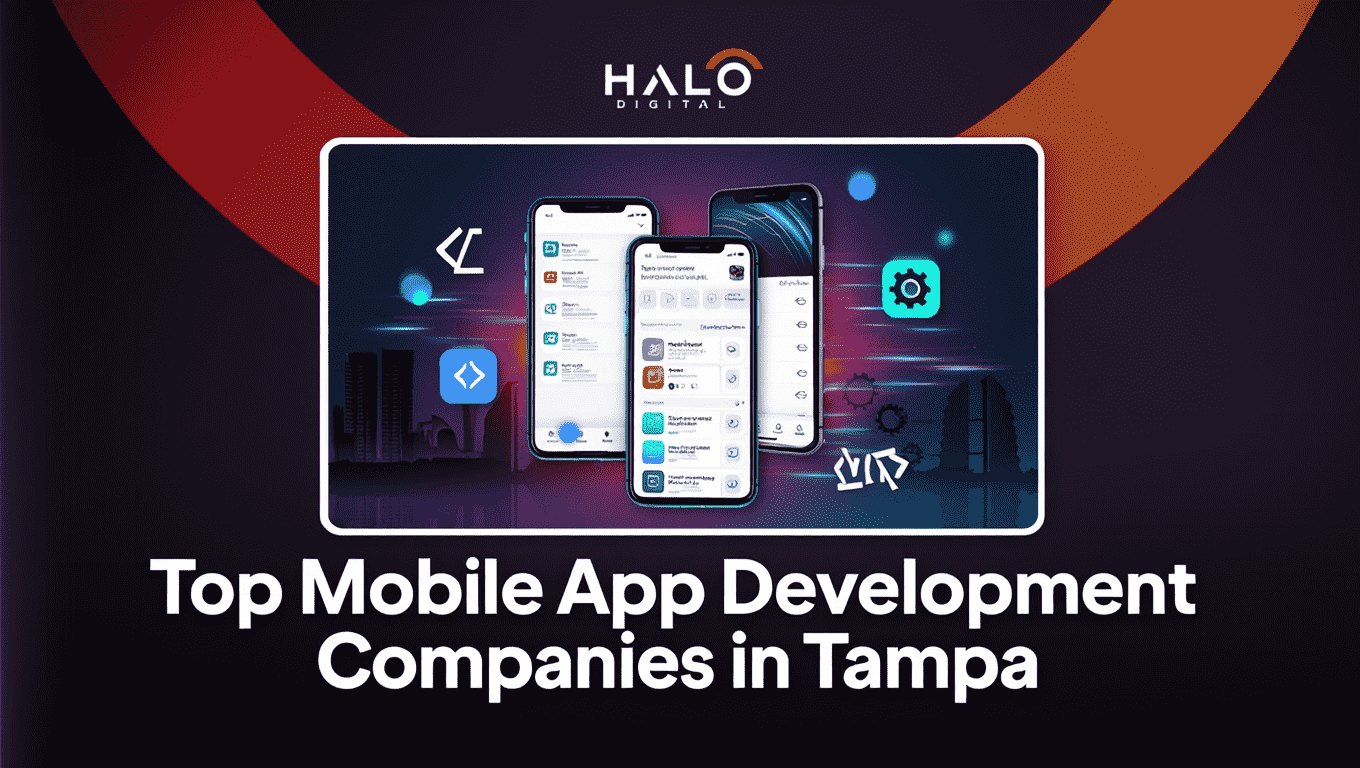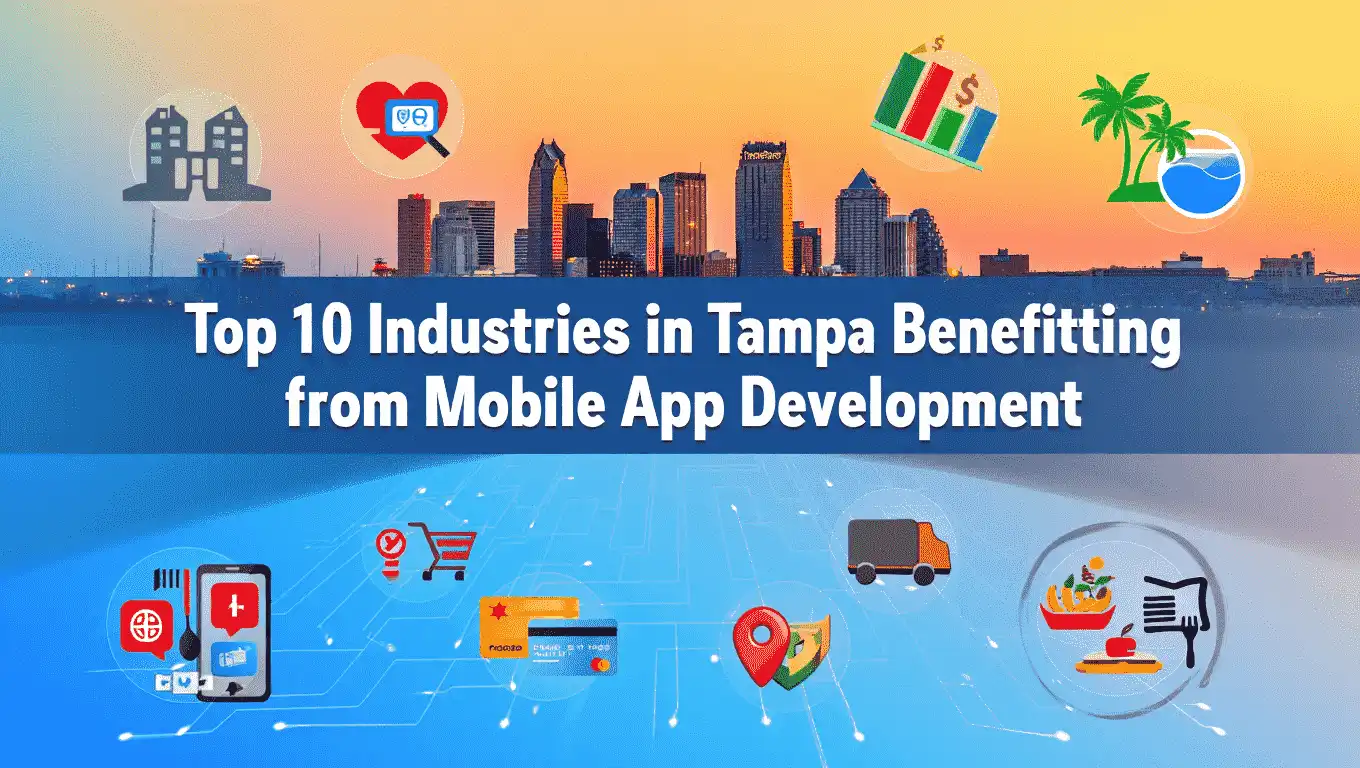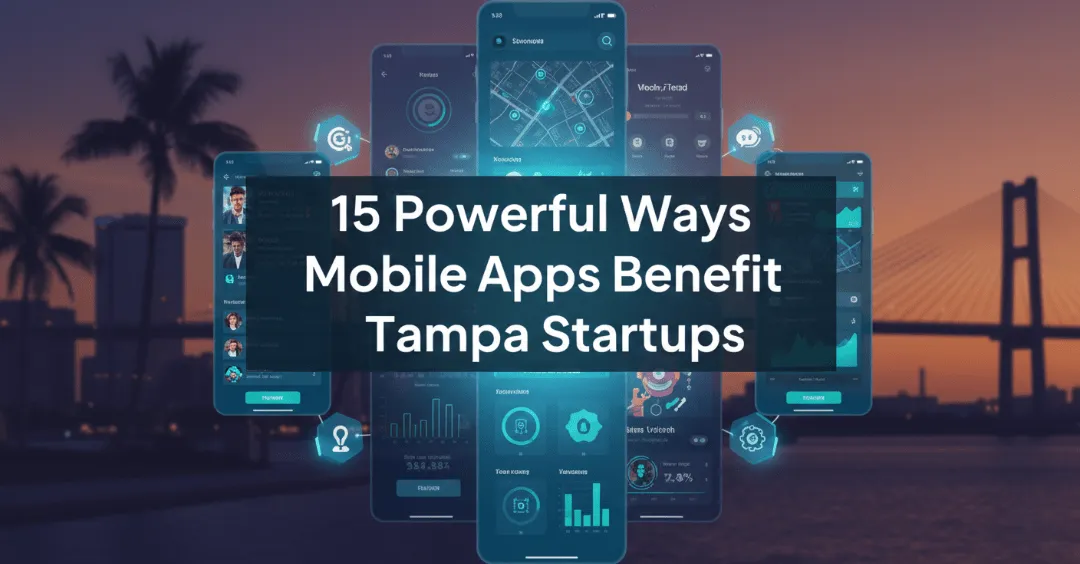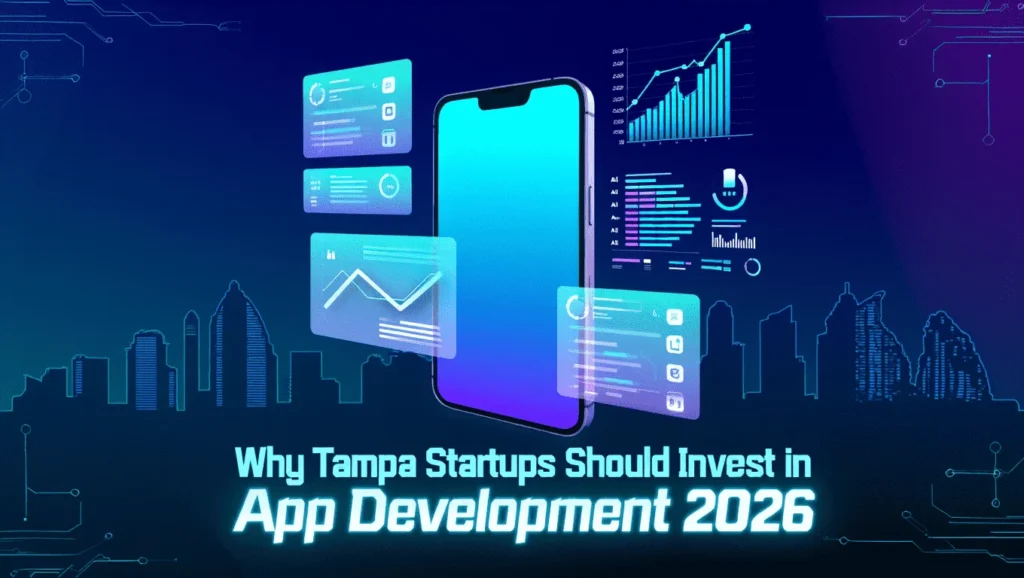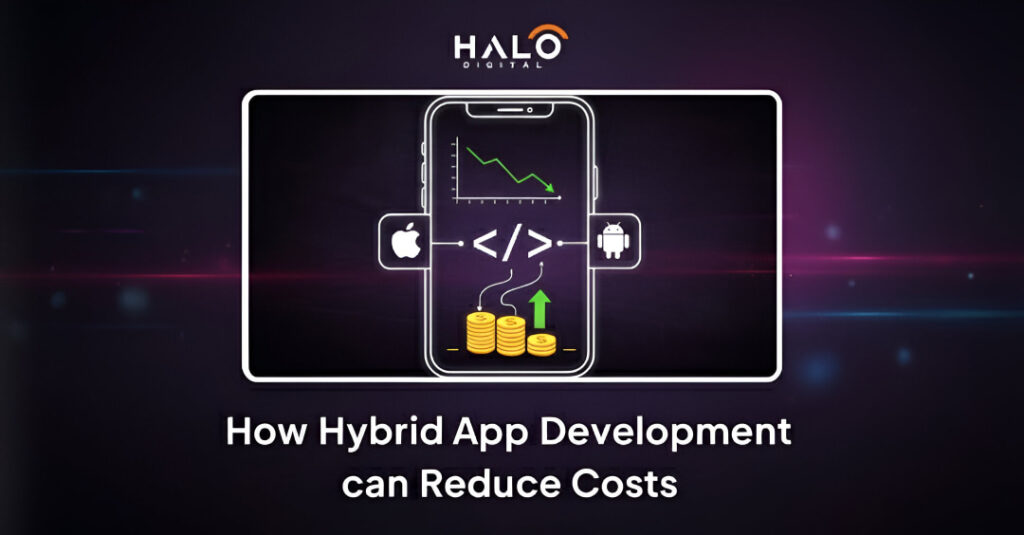Fantasy sports is booming. Some stats even project that the global fantasy sport market will reach $86.3 billion in 2031. Therefore, developers are in a fierce race to retain users and innovate with millions of fantasy league players.
Developers, investors, and startups can stay on top of the game by knowing about the latest trends in fantasy sports app development.
In this article, we’ll explore the Fantasy Sports App Development Trends that are shaping how apps are built and used in 2025.
Top Fantasy Sports App Development Trends in 2025
Fantasy sports apps are changing quickly, and it’s important to know what updates and ideas are shaping the space.
If you’re building a fantasy football platform or looking to improve an existing one, keeping up with what’s new in 2025 can help you make better choices and create something users enjoy.
The right features and tools can make a big difference in how your app performs and how users respond. Here are the top fantasy sports app development trends to follow:
Trend 1 – AI-Powered Personalization & Strategy Building
AI revolutionizes the way users interact with platforms for fantasy sports. AI-powered customization tailors app experiences by analyzing user preferences and past drafts.
Integrating AI into fantasy sports apps helps developers create smarter team suggestions and simulate outcomes. They can also deliver predictive content. AI is also used to support strategy-building, providing real-time simulations of matchups and risk analyses.
This level of customization increases engagement and places your AI fantasy app in the top tiers for fantasy sports platforms by 2025. This is no longer an option but a requirement for fantasy sports application development.
Trend 2 – Immersive VR and AR gaming
AR and VR bring new dimensions to the development of fantasy sports apps. Augmented reality overlays stats in real time or lineup suggestions. At the same time, virtual reality creates immersive draft rooms or live match environments.
These immersive technologies allow users to experience a realistic environment without ever leaving the app. This improves session times and engagement.
Fans can now use VR features to simulate matches or watch replays in fantasy football apps. As smart glasses become more popular, fantasy sports apps are increasingly integrating AR/VR.
Trend 3 – Blockchain and NFTs as a Security and Ownership Tool
By 2025, the blockchain will improve transparency and data integrity for fantasy sports apps. Apps can use decentralized ledgers to secure user wins, transaction records, and gameplay histories.
Users can now own digital assets such as rare in-game items, player cards, or collectibles. Fantasy sports apps may mint limited edition items that are tied to real-world events or statistics.
This increases loyalty and opens up new revenue streams. Blockchain supports fast and secure payouts, which are essential for apps that handle real money. This is a major step forward in fantasy sports app development.
Trend 4 - Cross-Platform and Progressive Web App Development
The technology stack used to build fantasy sports apps is changing rapidly. Your fantasy sports app will run seamlessly on Android, iOS, and desktops thanks to cross-platform development.
PWAs combine the functionality of a web app with that of a native application. They offer offline access, push notifications, and quick loading times. This trend is a boon for fantasy football app developers, as it reduces their costs and speed to market.
Cross-platform compatibility has become a necessity for modern sports apps, as more and more fantasy football users are accessing their platforms from multiple devices.
Trend 5 – Real-time Predictive Analysis and Data Visualization
Predictive analytics is a method that uses real-time and historical data to gain valuable insight into team and player performance. Real-time analytics can help users make better decisions in fantasy sports apps.
Data visualization tools, such as heatmaps and charts, increase user engagement and time spent on the app. Fantasy football apps benefit from offering predictions that are based on actual data.
These advanced features in fantasy sports apps increase user retention and give you a data-driven advantage that appeals to both casual and professional players.
Trend 6 - Machine Learning and Dynamic Scoring for Player Insights
The machine learning algorithms transform fantasy sports app creation by continuously learning from gameplay, statistics, and user behavior. They can be used to create dynamic scoring systems that adapt to league rules and formats as well as real-time data.
Fantasy apps can be developed to accommodate a variety of sports and game styles, such as cricket, basketball, and fantasy football. ML enhances player insight by providing breakdowns of injuries, form trends, and potential performance.
The automated and intelligent features in fantasy sports apps will make them more accurate, competitive, and trustworthy as years go by.
Trend 7 – Generative AI in Commentary and Chatbots
The power of Generative Artificial Intelligence is not a novelty anymore. It’s now a key component in the development of fantasy sports applications. AI-driven chatbots can now provide onboarding, FAQs, and draft advice.
Generative content tools can also auto-generate match summaries, player highlights, or engaging notifications. This trend is a great way to enhance the storyline of fantasy football apps. Users get personalized updates that feel like they are coming from a human.
These tools improve engagement and scalability by reducing the need for manual content creation. Generative AI can help maintain personalized user experience without adding extra costs as fantasy sports app revenue increases.
Trend 8 - Gamification to Retain Users (Badges and Rewards, Leaderboards).
Gamification is the key to keeping users engaged in a fantasy sports market that’s crowded. Features of fantasy sports apps such as achievement badges and leaderboard rankings transform passive users into active players.
The teams that develop fantasy sports apps use gamification techniques to drive engagement, increase time spent on the app, and encourage competition. Fantasy football apps benefit most from in-season achievement and real-time leaderboards.
Fantasy sports apps are able to keep users engaged with these features. Gamification will be more than just a trend in 2025. It’s also a strategy for long-term growth.
Trend 9: Built-in streaming and watch parties for live engagement
Live content redefines user engagement for fantasy sports apps. Live match streaming is now integrated into apps, allowing players to play and watch in real time.
Users can feel like they are part of a group with features such as watch parties, live voting, and synchronized chats.
Fantasy football apps embed match coverage into the lineup screens, allowing users to make informed decisions mid-game. Dual-screen experiences increase app retention and usage.
In-app streaming will become the main revenue generator for fantasy sports apps as sports app development continues to change.
Trend 10: Voice-Activated Commands & Smart Assistant Integration
Voice technology is now being used in the development of fantasy sports applications. Users can ask their smart speakers for trade updates, match scores, lineup suggestions, or trading updates.
Voice commands improve accessibility and reduce friction, particularly during live games. This feature is ideal for fantasy football apps, as it allows hands-free updates to be made during match hours.
Integration with smart assistants such as Alexa and Google Assistant opens up new demographics of users. Voice control is a great way to differentiate your sports app from the competition.
As sports users increasingly expect multi-modal interactions, offering these features can make your Fantasy Sports app more useful and memorable.
Trend 11: IoT and wearables integration in Fantasy Sports
Wearables and IoT devices add a new layer of data to fantasy sports applications. These gadgets provide highly detailed insights into player vitals, movement, and performance during games.
Integrating this data into fantasy sports apps allows users to draft or bench certain players based on their real-time stamina and injuries. These metrics are useful in the development of fantasy football apps.
Wearables can also improve the user experience by linking activity-based achievements, such as walking and running statistics, to in-game prizes, blurring the line between virtual and real sports.
Trend 12: Enhanced Cybersecurity & User Data Protection
Fantasy sports apps are increasingly handling financial transactions and personal information, so security is a priority. In 2025, advanced encryption, biometric authentication, and fraud detection algorithms will be crucial.
The teams developing fantasy sports applications must adhere to GDPR, PCI DSS, and other data privacy regulations. For fantasy football apps that include real-money features and enhanced cybersecurity, trust and compliance are ensured.
As revenue from fantasy sports apps increases, so do bad actors. User protection is therefore non-negotiable. Prioritizing data protection improves brand reputation and protects users and businesses alike from potential losses.
Trend 13: Android Instant Apps with Offline Mode.
Users demand speed and accessibility, even without a strong internet connection. Android Instant Apps let users access features without installing the app. This is a huge win for users in emerging markets.
Offline mode ensures that users can access fantasy teams, notifications, and points even when they are offline. These features will be essential for fantasy sports apps by 2025. This opens up new acquisition possibilities for developers who are focused on developing fantasy football apps.
These options improve user satisfaction and reduce churn, particularly during peak match times or in areas without good connectivity.
Trend 14: Social Media Integration Features and League Sharing Features
Social interaction fuels fantasy sports. By 2025, apps will integrate social media to share content, send invites, and host public leagues.
The teams that develop fantasy football apps add features such as meme generators, live league updates via Instagram Stories, and leaderboards based on friends. The sharing of leagues increases organic reach, and growth is driven by the community.
Social features in fantasy sports apps increase engagement by tapping into platforms that users already frequent. It also provides free marketing via user-generated content. It is a powerful tool to create network effects and loyal users.
Trend 15: Smarter Monetization Models (Microtransactions and Ad Personalization).
The monetization of apps is moving beyond ads and subscriptions. To generate revenue, the fantasy sports app developers are now using microtransactions and personalized ad targeting, as well as tiered premium plans.
Users can pay to access insights, advanced analytics, or limited-time deals. The development of fantasy football apps often includes real-time trading or one-click boosts. Ad personalization improves click-through rates, and the user experience is seamless.
These smarter models will ensure that revenue from fantasy sports apps continues to grow while still keeping the app free and engaging.
What is the future of fantasy sports apps?
The future of fantasy sports apps depends on keeping up with the latest development trends. These trends are shaping how apps are built, used, and monetized, and those who act early are the ones most likely to win big.
Take Advantage of Industry Shifts Before Others.
Your product will gain a competitive advantage if you are the first to adopt new fantasy sports app trends. Early adopters attract more users, whether they’re using AI to provide better strategy suggestions or Web3 to secure transactions.
Staying relevant is key to staying ahead in the rapidly evolving fantasy football app market. You can gain media attention and customer trust by acting quickly.
Enhanced User Retention and Customer Loyalty
Fantasy sports apps must offer seamless gameplay and exciting features. By integrating the latest features, such as live watch parties or predictive analytics, users will remain engaged.
The latest fantasy sports app development trends help deliver personalized experiences, which foster loyalty. This results in lower churn and a more stable user base. Both are essential to sustaining growth within a competitive digital sports landscape.
Increase Revenue Streams through Innovation
The ability to diversify your income is a key benefit from tracking the development of fantasy sports apps. Microtransactions and dynamic subscriptions are just a few of the new features that can be used to monetize fantasy sports apps.
In-app purchases and personalized ads that are based on the user’s behavior can help developers boost revenue for fantasy sports apps.
Staying innovative is key to ensuring you are not only generating revenue but also scaling it through smarter and user-focused strategies as the market matures.
Compliance with Evolving Legal & Ethical Requirements
Fantasy sports platforms are increasingly being scrutinized by the law. The rules are changing fast, from data privacy laws to local gaming regulations.
The above fantasy sports app development trends can help developers to build with compliance, especially for countries with stricter laws on online betting.
Features such as blockchain transparency and secure log-ins increase both compliance and trust. Integrating these trends early can save you from fines, restrictions, and forced changes after launch.
Make sure your development is future-proof and scalable
Ignoring the latest trends in fantasy sports app development could lead to technical debt or scalability problems down the line. Your app should be built using a flexible and modern architecture, whether you are just starting out or scaling up.
Your product will be ready to grow with trends like cloud APIs and cross-platform compatibility. You can ensure that your app is stable, fast, and relevant even as demand increases by aligning it with the direction of the industry.
Fantasy Sports App Development - Then, Now and Future
Period | Key Features | Technology Used | User Experience Focus | Monetization Models |
2010–2015 | – Basic team selection – Static scoring updates – Limited leagues | – Web apps – PHP, MySQL – Manual data entry | Functional but minimal Desktop-only mostly | Ads and entry fees |
2016–2020 | – Mobile-first apps – Real-time updates – Push notifications – Social features | – REST APIs – Firebase – Push notifications (FCM/APNs) | Convenience and accessibility Mobile UX | Freemium model In-app purchases |
2021–2024 | – Player stats integration – Live tracking – Gamification – Personalization | – AI/ML (TensorFlow, AWS AI) – ARKit/ARCore – Microservices | Personalized engagement Gamified UI | Dynamic subscriptions NFTs (some) |
2025+ | – Wearable integration – VR draft rooms – Predictive analytics – On-chain ownership | – Web3 (Ethereum, Solidity) – Generative AI (OpenAI, etc.) – IoT APIs – VR SDKs (Unity, Unreal) | Immersive, predictive, fully cross-device | NFT assets Token rewards Personalized ad models |
Key technologies Driving These Fantasy Sports App Development Trends
Technology Area | Specific Technologies / Tools | Use Cases in Fantasy Sports Apps |
Artificial Intelligence (AI) & Machine Learning (ML) | – TensorFlow, PyTorch – Dialogflow, IBM Watson – Amazon Personalize | – Predictive analytics for player scoring – AI chatbots – User behavior personalization |
Blockchain & Web3 | – Ethereum, Solana – IPFS – Smart contracts (Solidity) – MetaMask, WalletConnect | – NFT trading cards – Transparent prize pools – User-owned teams or assets |
Augmented Reality (AR) & Virtual Reality (VR) | – Unity 3D – ARKit (iOS), ARCore (Android) – Oculus SDK | – Virtual draft rooms – Immersive player interactions – 3D match simulations |
Cloud Infrastructure & APIs | – AWS, Google Cloud, Microsoft Azure – REST/GraphQL APIs – Firebase, RapidAPI | – Real-time data updates – Seamless cross-platform play – Third-party data and payment integration |
Real-Time Data Processing | – Apache Kafka, Redis, Firebase Realtime DB | – Live match tracking – Dynamic scoring systems |
Payment & Wallet Integration | – Stripe, Razorpay, PayPal – Crypto payment gateways (Coinbase Commerce, BitPay) | – Smooth user payouts – In-app purchases – Token transactions |
Data Analytics & Visualization | – Tableau, Power BI, D3.js, Chart.js | – User dashboards – Historical player stats – Visual gameplay insights |
The Importance of Adopting New Fantasy App Trends
By adapting to the most recent fantasy sports app trends, you can help your platform remain competitive, scale effectively, and provide superior user experiences.
Brand Authority and Innovation Perception
Apps that have modern features are innovative, and they build trust with users. Adopting the latest trends shows that your app is innovative, premium, and dedicated to providing top fantasy sports experiences.
Smart Architecture: Optimising Performance
New backend technologies provide faster loading times, minimal downtime, and responsive user interfaces. These improvements have a direct impact on user satisfaction and retention when developing fantasy sports applications
Unlocking new fan and user segments globally
Apps that offer social features, such as live chat and multilingual support, can attract users from around the world. These trends will make your platform more inclusive in the space of sports app development.
FAQs
What trend should fantasy sports startups focus on in 2025?
AI-powered personalization is key. It helps startups attract users faster and keep them engaged through tailored experiences and smart recommendations.
Does blockchain integration require all apps to be integrated?
Apps that target transparency, secure transactions, or NFTs are becoming more and more essential.
How can AI enhance fantasy sports?
It allows for smarter decision-making, provides predictive insights, and tailors the gameplay to each individual’s preferences.
What is the future of VR gaming in fantasy?
VR will provide immersive draft rooms and virtual team management experiences, as well as realistic fan engagement.
Final thoughts on Fantasy Sports App Development Trends
Personalization, immersive engagement, and tech innovation are the future of fantasy sport app development. To keep up with the competitors, developers and businesses need to keep up with the latest trends.
Every innovation, whether it’s blockchain, AI, or gamification, contributes to user retention and fantasy sports app revenues. Start your journey with an MVP, then follow the latest trends in fantasy sports app development and scale intelligently.
Want to get started? Find out more about the cost of developing a fantasy sports app as well as how our team can help you on your fantasy sports application journey.
Ready to build the next big fantasy sports app?
Halo Digital offers complete fantasy sports app development services including UI design, backend development, real-time features, AI integration, and post-launch support. We help startups and enterprises create apps that are scalable, user-focused, and built for the future. Contact us today to start your project.
Arsalan Chauhdary is the CEO of Halo Digital and a senior full-stack developer with over 8 years of experience building scalable, secure, and high-performing digital solutions. As a thought-provoking leader and hands-on architect, he blends strategy with code to transform ideas into impactful web and mobile platforms. Passionate about clean architecture, Laravel, JavaScript, and solving real-world problems, Arsalan continues to guide teams and clients through the evolving landscape of modern development.






